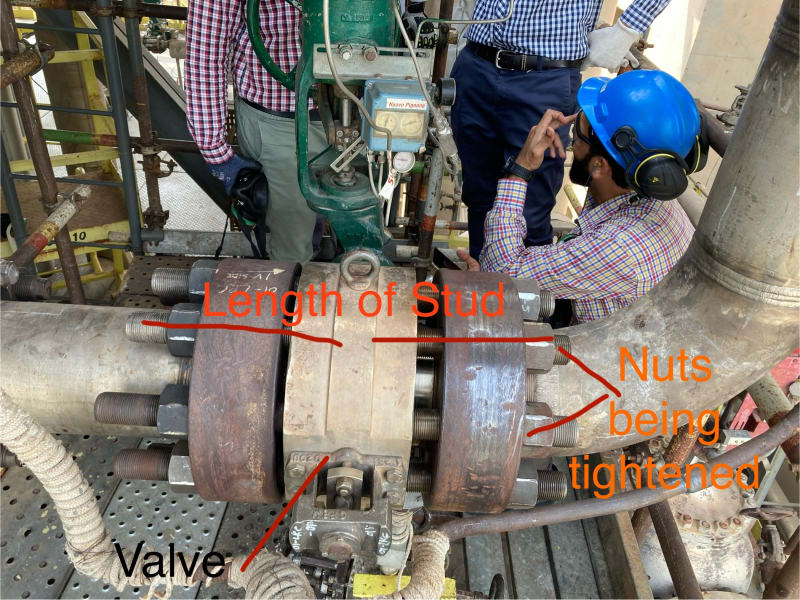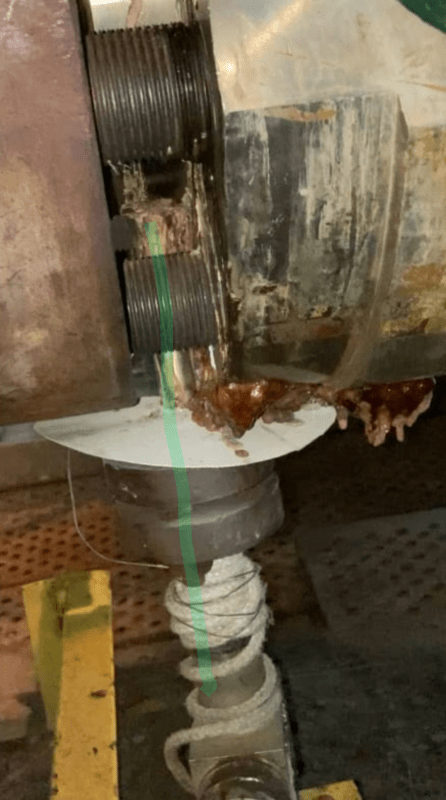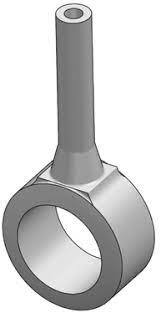EngTal
Mechanical
- Jul 7, 2024
- 9
How to handle a situation in which there is a Urea-Carbamate leakage through a High-pressure Urea grade nozzle and lens gasket.
What to do if the tightening margin is finished after hot tightening?
What should we take care of during installation to avoid such leakages after plant startup?
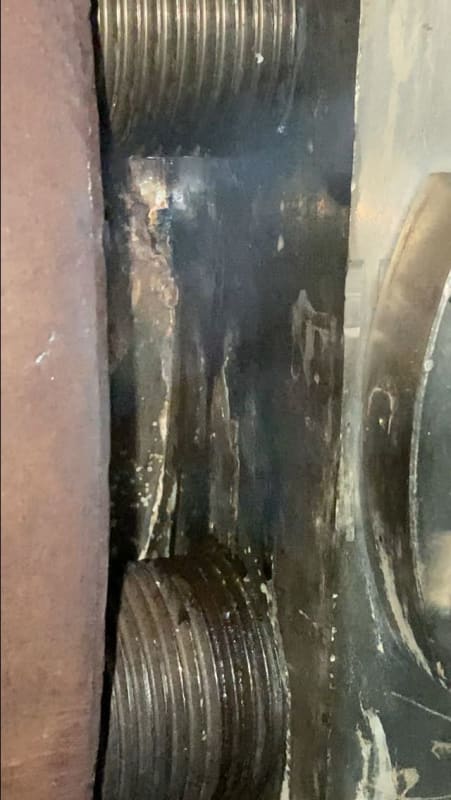
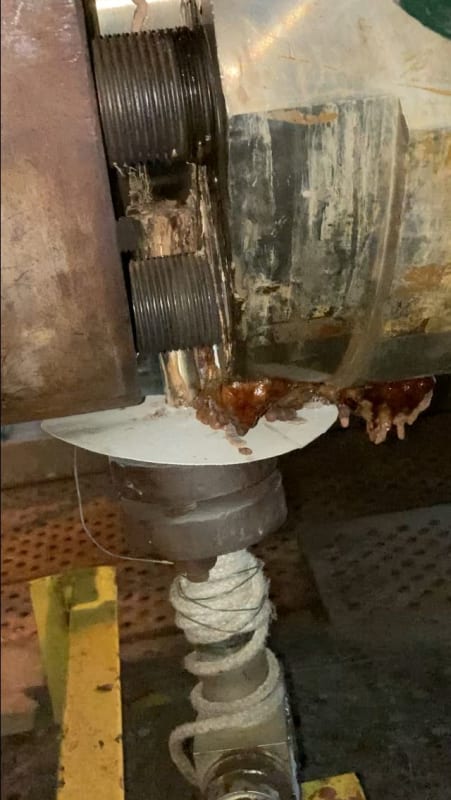
What to do if the tightening margin is finished after hot tightening?
What should we take care of during installation to avoid such leakages after plant startup?



